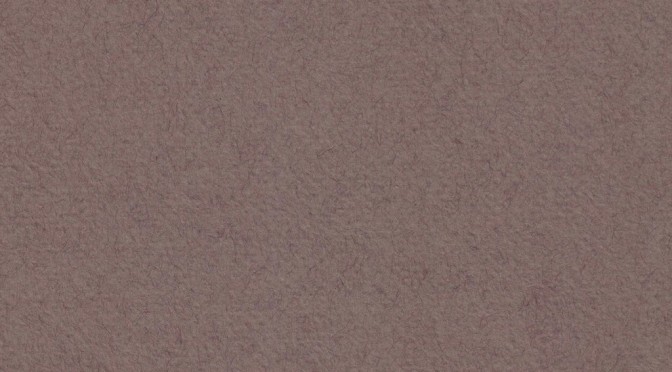My new CD released today features five solo harp tracks of late 17th or early 18th century music attributed to a great local hero of the West of Scotland – Raghnall Mac Ailein Òig. These grand formal tunes come from the pibroch tradition of the pipes, and also from early fiddle and vocal sources, and I have turned them into dreamy, beautiful clarsach meditations. Each tune has a very different atmosphere, and the CD booklet includes five full-page illustrations made by Ealasaid Gilfillan especially for this project. These unique and intense montage images really give you a sense of the meaning of each tune.
For more info, please visit www.earlygaelicharp.info/tarbh
As a companion to the CD I have also made a set of web pages all about Raghnall Mac Ailein Òig – Ronald MacDonald of Morar, said to have lived 1662-1741. The pages include all the references I used as sources for the CD and also include links to a number of fascinating songs and stories on archive audio recordings at Tobar an Dualchais – the online portal for the tape recordings preserved in the School of Scottish Studies in Edinburgh.
www.earlygaelicharp.info/ranald


